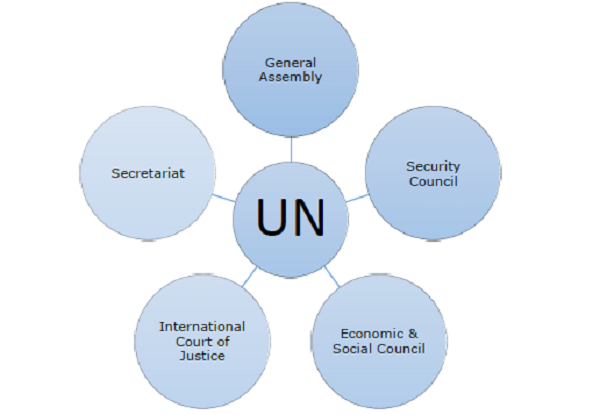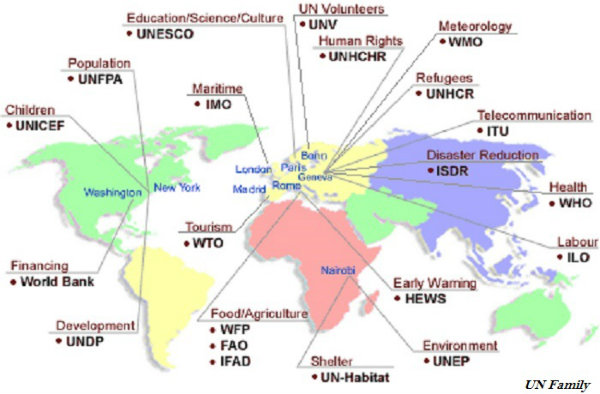
- Indian Polity - Home
- Indian Polity - Introduction
- Indian Polity - Constitution Formation
- Indian Polity - Constitution Features
- Guiding Values of the Constitution
- Indian Polity - Sources of Constitution
- Polity - How the Constitution Works
- Indian Polity - Union & Its Territory
- Indian Polity - Citizenship
- Indian Polity - Fundamental Rights
- Indian Polity - Directive Principles
- Indian Polity - Fundamental Duties
- Indian Polity - Union Executive
- Indian Polity - Union Legislature
- Indian Polity - Local Government
- Indian Polity - Judiciary
- Indian Polity - Federal System
- Indian Polity - Center State Relation
- Indian Polity - Emergency Provision
- Indian Polity - Elections System
- Indian Polity - Political Parties
- Constitutional Amendments
- Indian - Constitutional Schedules
- Indian Polity - Separation of Powers
- Indian Polity - Parts of Constitution
- Polity - International Organizations
- Indian Polity - Environment & Politics
- Indian Polity - Globalization
- Indian Polity - Popular Movements
- Indian Polity - Foreign Policy
Indian Polity - International Organizations
Introduction
The United Nations Organization or simply UNO/UN is regarded as the most important international organization in todays world.
International organizations help with matters of war and peace as well as help countries create better living conditions for us all.

An international organization can help to produce information and ideas about how to cooperate each other experience overall growth.
An international organization can also provide mechanisms, rules, and a bureaucracy, to help members have more confidence that the costs will be shared properly and to benefit governments.
In 1945, the UN was founded as a successor to the League of Nations.
The UNs perspective is to bring countries together to improve the prospects of social and economic development all over the world.
Structure of the UNO
There are five important bodies of UNO, as shown in the following diagram −

In the UN Security Council, there are five permanent members and ten non-permanent members.
-
The five permanent members are −
- The United States,
- Russia,
- The United Kingdom,
- France, and
- China.
All these five members have the veto power.
The non-permanent members serve for only two years at a time and give way to newly elected members.
The non-permanent members are elected in a manner so that they represent all continents of the world.
In the UN General Assembly, all members have one vote each.
The Secretary-General is the head of the UN.
Functions of UN
-
The major functions of the UN are −
Creation of a Peacebuilding Commission.
Acceptance of the responsibility to the international community in case of failures of national governments to protect their own citizens from atrocities.
Establishment of a Human Rights Council (operational since 19 June 2006).
Condemnation of terrorism in all its forms and manifestations, etc.
Agencies of UN
-
The UN consists of many different structures and agencies (collectively known as UN Family shown in the map given below) and they have specialized role to play. For example −
World Health Organization (WHO),
United Nations Development Programme (UNDP),
United Nations Human Rights Commission (UNHRC),
United Nations High Commission for Refugees (UNHCR),
United Nations Childrens Fund (UNICEF),
United Nations Educational, Scientific, and Cultural Organization (UNESCO), etc.
